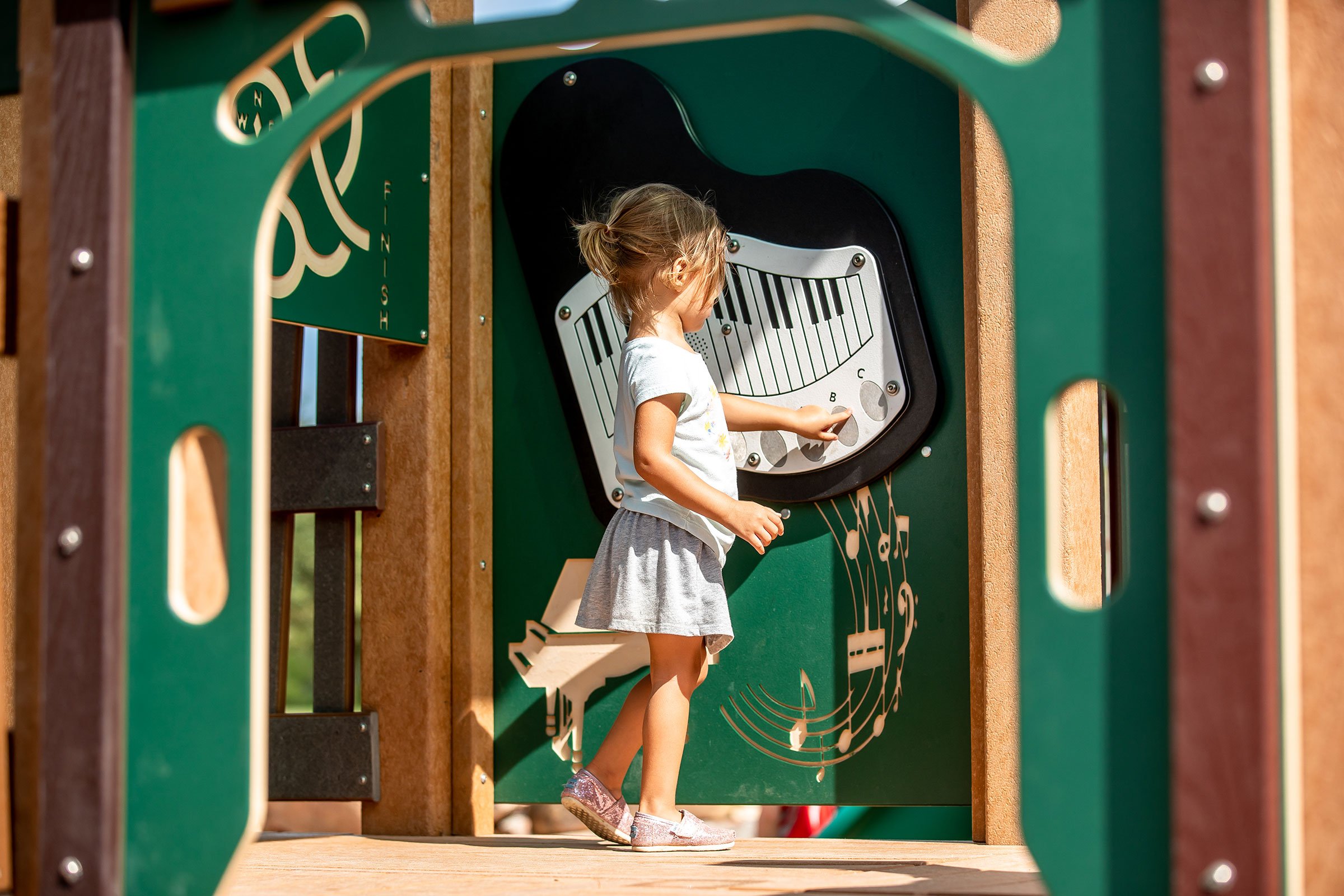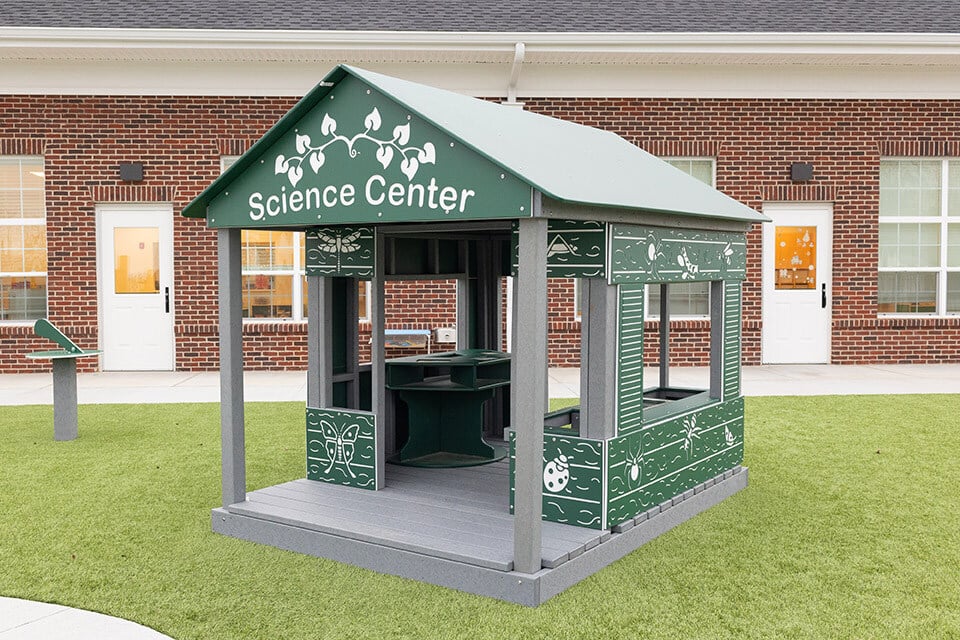Play is the primary activity of childhood and was once described by Maria Montessori as being “the child’s work.” Children are geared for play because their playful approach to life provides so much learning. Think of how much children already know before they enter formal schooling. It’s easy to see much of it is learned through playful interaction with the people and things that make up their world.
In this article, we will explore select types of cognitive and social forms of play. The cognitive forms of play we will explore here are cognitive stages developed by Jean Piaget, a developmental psychologist. Likewise, the below forms of social play are derived from Mildred Parten’s theories and classifications of play.
| Cognitive Forms of Play | Social Forms of Play |
|---|---|
| Functional Play | Unoccupied Behavior |
| Symbolic Play | Onlooker Behavior |
| Construction Play | Solitary Play |
| Games with Rules | Parallel Play |
| Associated Play | |
| Cooperative Play |
Cognitive Types of Play
Functional Play
Play begins at birth with what is called sensorimotor activity or functional play. While infants are fairly limited in motor skills initially, they begin exploring, inspecting, and learning through physical activity. They move from innate actions to purposeful actions such as flexing, extending, reaching, and grasping. Observe infants over an extended period and one can easily see the feedback they receive through their senses helps to shape and guide their future activity. They progress rapidly from learning that they have fingers and toes to learning how to control their fingers for picking up things. No one teaches children to do this, they simply learn it through repeated activity called functional play; these repeated actions provide stimulation and information for infants. When an infant continually bangs on a high chair or splashes in the bath, they are playing.

Symbolic Play
Symbolic, dramatic, and sociodramatic play, also known as pretend play, occupies much of the play activity of 2- to 5-year-old children. Rich in symbolism — a stick becomes a horse or a sword — children’s imagination takes over, fueled by their growing command of language. Numerous research studies at the University of Texas, Austin indicate that children develop and enhance language proficiency during play. A carefully designed play environment with a fort, car, house, riding path, and loose parts proved to elicit three and one-half times the amount of oral language as did a play environment with a slide, swings, merry-go-round, and monkey bars among the same group of users. We know that a child’s skill in using oral language is directly related to early reading achievement. The more they play and use language for real communication with peers, the more skilled they become. The more skilled they become with oral language, the easier the transition to reading and writing.
Similarly, a study by Gwen Dean (1980) at UT Austin, showed that children engaged in free play in a carefully designed play environment spent more than 90% of their time in active play compared to the same children whose primary activity during physical education class was standing in line waiting for a turn at the proscribed activity! Given the problems with childhood obesity and diabetes, children should be physically active to help avoid these critical health issues. Good play environments provide a variety of activities to stimulate physical activity that helps develop agility, strength, coordination, balance, speed, eye-hand coordination — not to mention fun!
The Research
A study by Gwen Dean (1980) at UT Austin, showed that children engaged in free play in a carefully designed play environment spent more than 90% of their time in active play compared to the same children whose primary activity during physical education class was standing in line waiting for a turn at the proscribed activity.
Construction Play
Construction play involves using developing skills, creativity, and cognitive processing to create temporary structures from disparate elements. This type of play has children learning cooperation, problem-solving, and creativity when building with loose parts like “stack and build” materials. Large blocks, planks, and tube sections give children opportunities to create the spaces in which they play. Planning and building a fort or playhouse from stackable elements shows that children understand the concepts of symmetry and balance among a host of other intuitive understandings necessary to make a “building” that supports its purposes for being built.
Games with Rules
Games with rules fall into two categories: situational games and codified games. All play has understood rules. A rule such as “you can’t be the mommy cause you’re not big enough” is a situational rule. We see situational rules on the playground when children are engaged in dramatic play, for example. It is the verbalization of this understood rule that comprises a situational game with rules. Codified rules are for games like baseball. One hits the ball and runs to first base; the runner on first is forced to run to second base. We see codified rules on the playground when children are playing a game like four square.
Social Types of Play
Solitary Play
As an infant grows older, they will engage in solitary play. Solitary play occurs when children play alone and are unaware of those around them. Characteristic of children through 3 years of age, this type of play involves little interactive give and take (often referred to as reciprocity) in play, particularly in language-facilitated play. Children across all developmental groups engage in solitary play and some researchers have suggested that solitary play may be a cognitively higher form of play than others since a child must take more than one perspective to play out a sequence of actions.
Parallel Play
Parallel play, playing beside but not with others, is characteristic of pre-toddlers and toddlers. These children are aware of the other children around them and might mimic their actions by playing with a similar toy. However, they won’t actively engage in play with the other children. Multiple play activities, dual steering wheels, small niches, and lots of loose parts all work well for parallel play.
Grounds For Play
The playground has come to be viewed as an outdoor classroom as so much of what we want children to learn in school has its underpinnings in play. No matter the developmental stage of your children, Grounds For Play has outdoor play equipment for each child. How can Grounds For Play build better play for your facility? Contact a rep to get started.
Get Started Upgrade Your Playground
Get started on building better play today. Reach out to us to get started.

.jpg)

